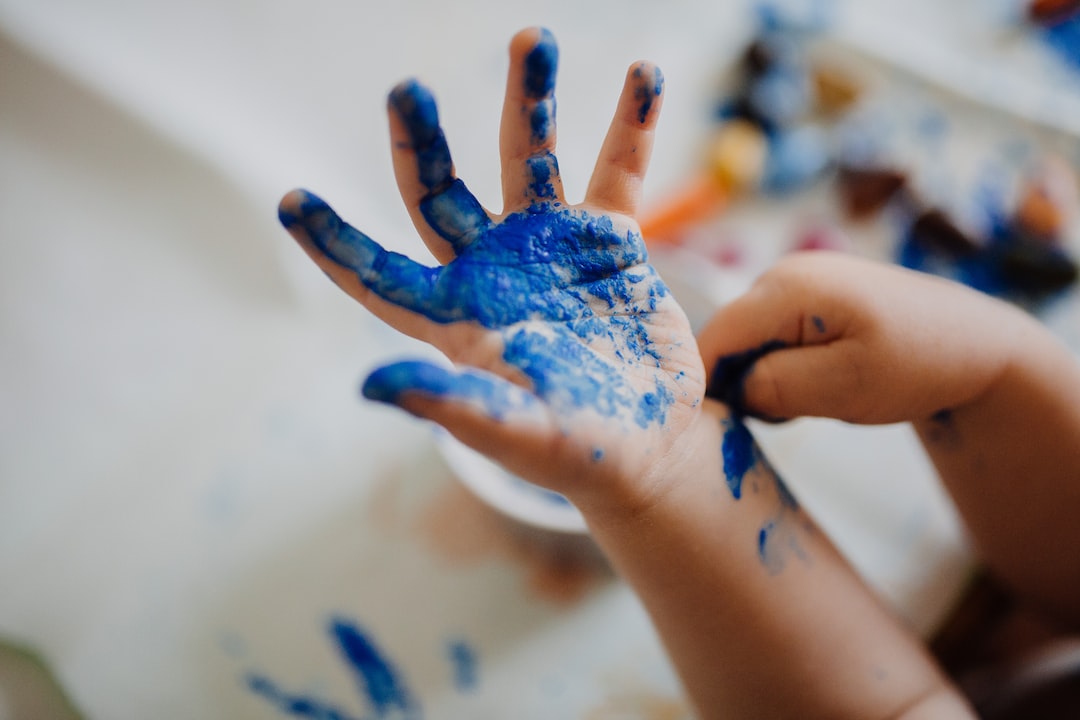The Art of Dance: Conveying Emotions and Telling Stories through Movement
Dance is a form of expression that transcends language barriers. Through movement, dancers are able to convey a wide array of emotions, tell stories, and connect with their audience on a deeply profound level. It is a form of art that has the power to move, inspire, and transform both the dancer and the viewer.
One of the most fascinating aspects of dance is how it can communicate emotions without the need for words. Through the fluidity of movement, dancers are able to showcase joy, sorrow, anger, and a myriad of other feelings. The body becomes the tool with which to express these emotions, with each leap, twirl, and extension serving as a testament to the power of dance as a means of communication.
Whether it is the exuberant jumps of a lively jazz routine or the graceful, delicate movements of ballet, dance has the ability to evoke strong emotions in both the dancer and the audience. The physicality of dance allows for a visceral and immediate connection to the emotions being portrayed. It is as if the dancer’s body becomes a conduit for the audience to experience the emotions themselves.
In addition to conveying emotions, dance is also a powerful storytelling medium. From the earliest civilizations, people have used dance as a way to pass down stories and traditions. Through various cultural dances, narratives and histories are preserved and shared. The movements, gestures, and even the costumes all contribute to the telling of a story.
Contemporary dance also embraces the art of storytelling. Choreographers create intricate narratives through movement, often leaving room for interpretation and personal connections. This allows the audience to become active participants in the storytelling process, attaching their own experiences and emotions to the dance.
One notable example of dance as storytelling is found in the works of renowned choreographer Pina Bausch. Bausch, known for her groundbreaking and emotionally charged pieces, used dance as a means to explore deep human emotions and relationships. Her works delved into themes of love, loss, and vulnerability, captivating audiences around the world.
Dance also has the unique ability to transcend cultural boundaries, as it is a universal language that can be understood and appreciated by people from all walks of life. Whether it is Flamenco in Spain, Bhangra in India, or Hip-Hop in the United States, dance serves as a testament to the power of human connection. It allows us to celebrate our shared humanity and appreciate the diversity and richness of various cultures.
Moreover, the physicality and discipline required in dance can bring about personal growth and empowerment. Dancers spend countless hours perfecting their craft, pushing their bodies to the limit, and overcoming obstacles. Each movement becomes a representation of their dedication, commitment, and passion. The discipline and focus required in dance can also help individuals develop a deeper understanding of themselves and their capabilities.
It is this personal journey that makes dance such a transformative and cathartic experience. Through movement, dancers can express their deepest fears, joys, and desires, allowing them to connect with their own emotions and find healing. This self-discovery is not limited to professional dancers, as anyone can benefit from the physical and emotional release that dance offers.
In conclusion, dance is a powerful art form that allows us to communicate emotions, tell stories, and connect with others on a profound level. It is a universal language that transcends cultural barriers and speaks to the human experience. Through movement, dancers can convey a wide range of emotions, from joy and sorrow to anger and vulnerability. They can also tell stories, whether it is through traditional cultural dances or contemporary pieces. Dance is not only a means of expression but also a transformative and empowering experience that can lead to personal growth and self-discovery. So the next time you witness a dance performance, take a moment to appreciate the beauty and depth of this captivating art form.

